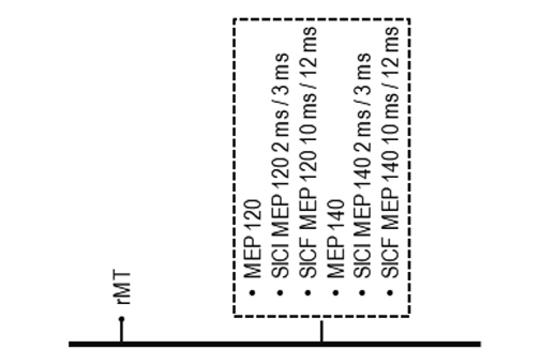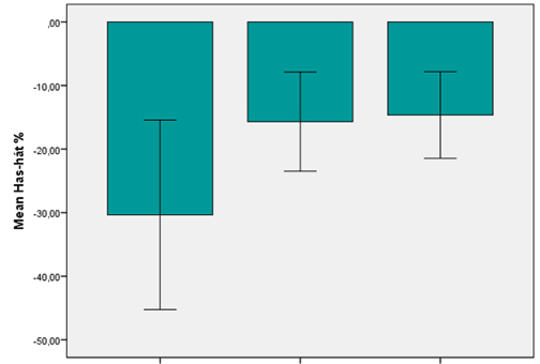[Migraine as a common primary headache disorder has a significant negative effect on quality of life of the patients. Its pharmacotreatment includes acute and preventative therapies. Based on the shared therapeutic guideline of the European Headache Federation and the European Academy of Neurology for acute migraine treatment a combination of triptans and non-steroidal anti-inflammatory drugs is recommended for acute migraine treatment in triptan-nonresponders. In this short review we summarized the results of the randomized controlled clinical trials evaluating the effectiveness and safety of sumatriptan (85 mg)/naproxen sodium (500 mg) fix-dose combination. It was revealed that the fix-dose combination was better than placebo for the primary outcomes of exemption of pain and headache relief at 2 hours. Furthermore the combination showed beneficial effect on accompanying symptoms of migraine attack (i.e. nausea, photo- and phonophobia). Adverse events were mild or moderate in severity and rarely led to withdrawal of the drug.
It can be concluded that sumatriptan (85 mg)/naproxen sodium (500 mg) fix-dose combination is effective, safe and well-tolerated in the acute treatment of migraine. ]
The eLitMed.hu medical portal uses computer cookies for convenient operation. Detailed information can be found in the Cookie-policy.







